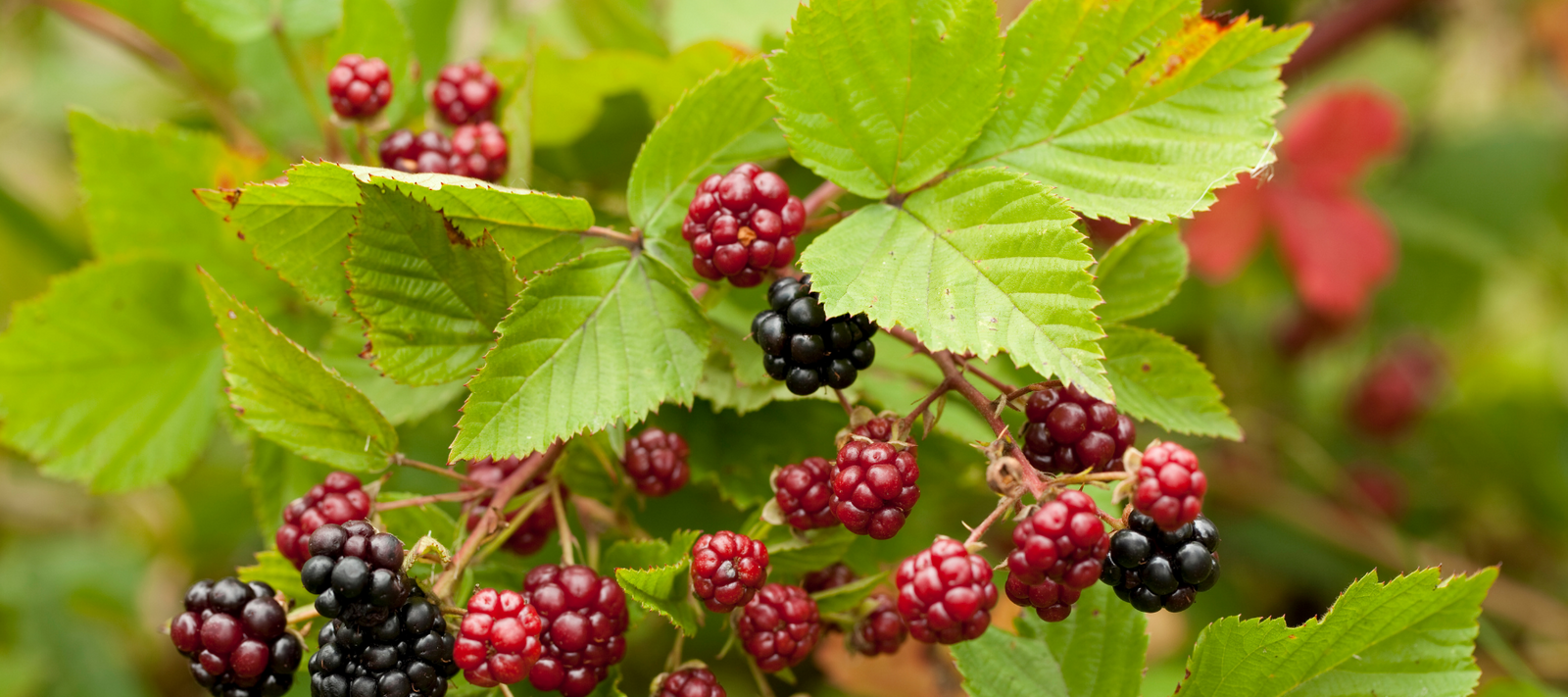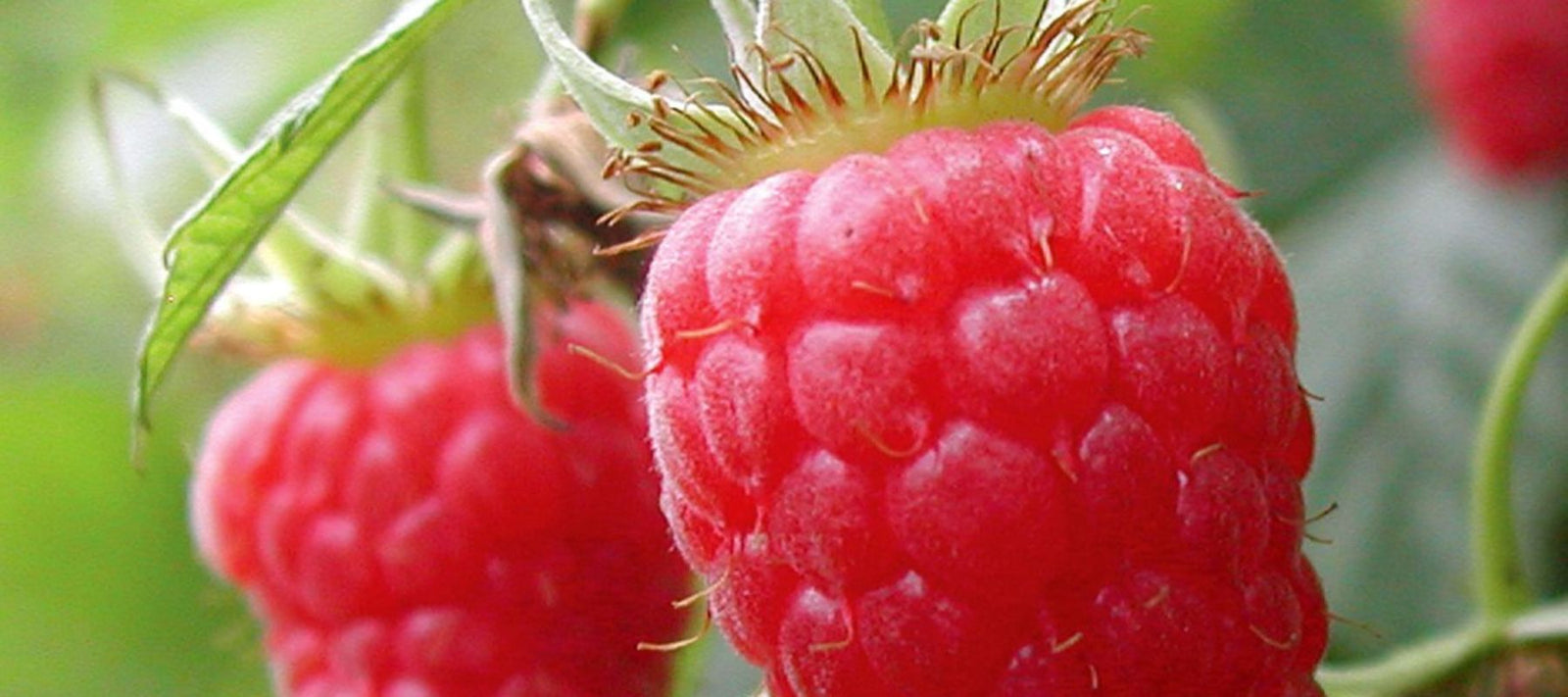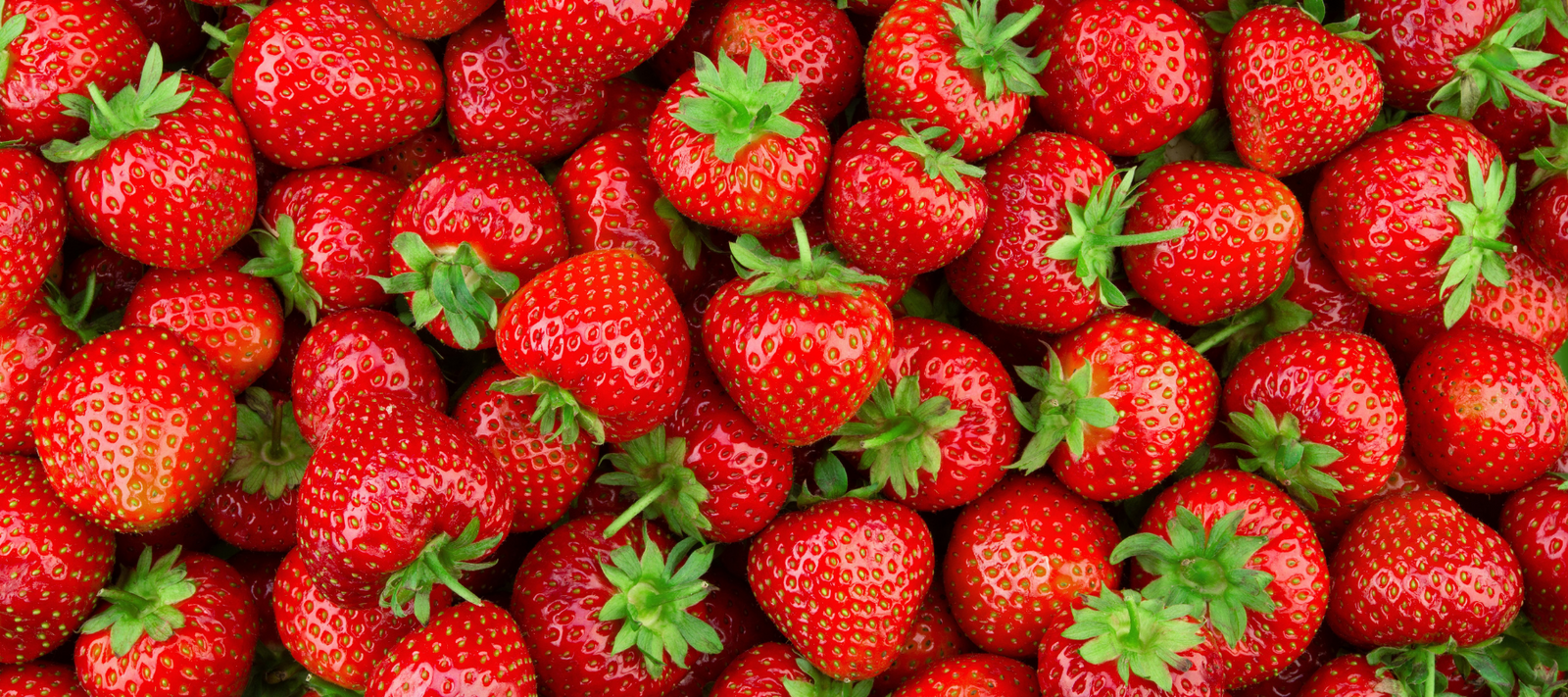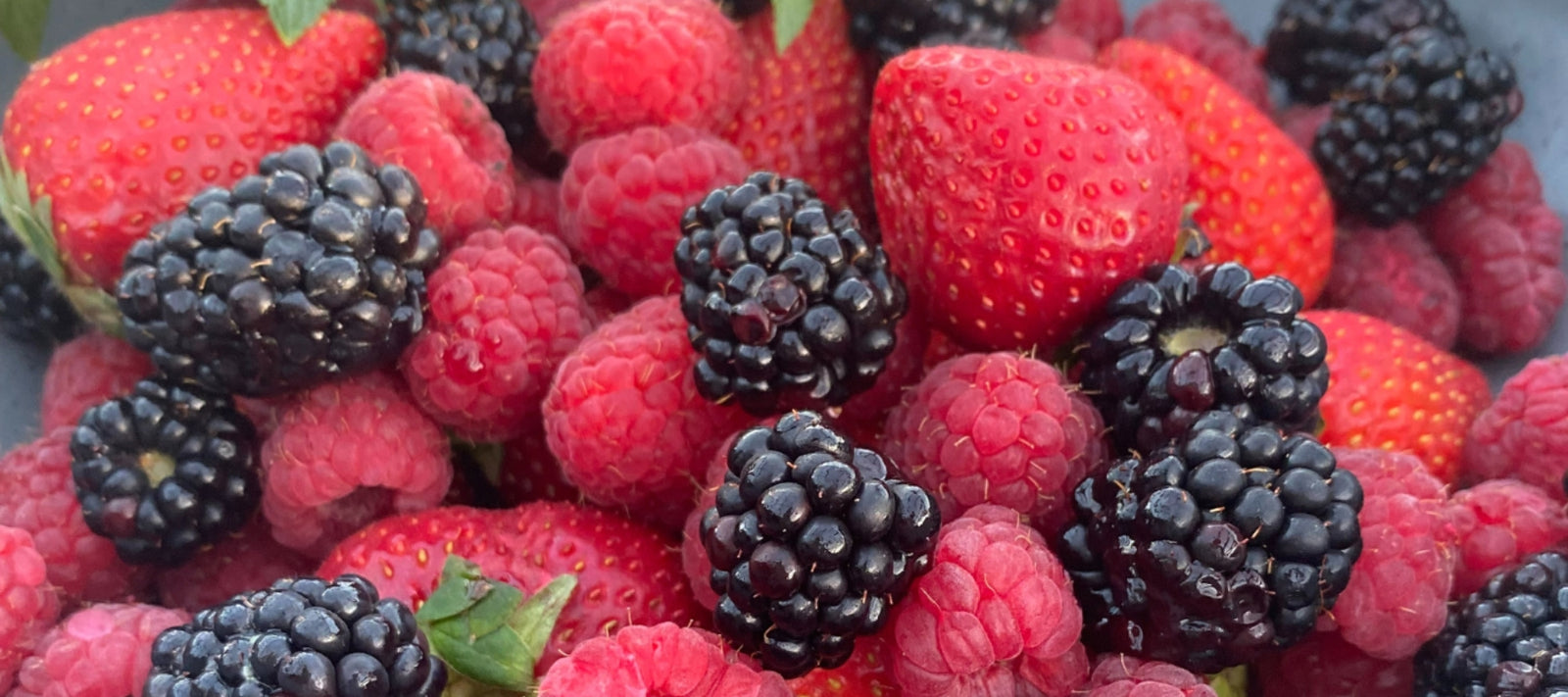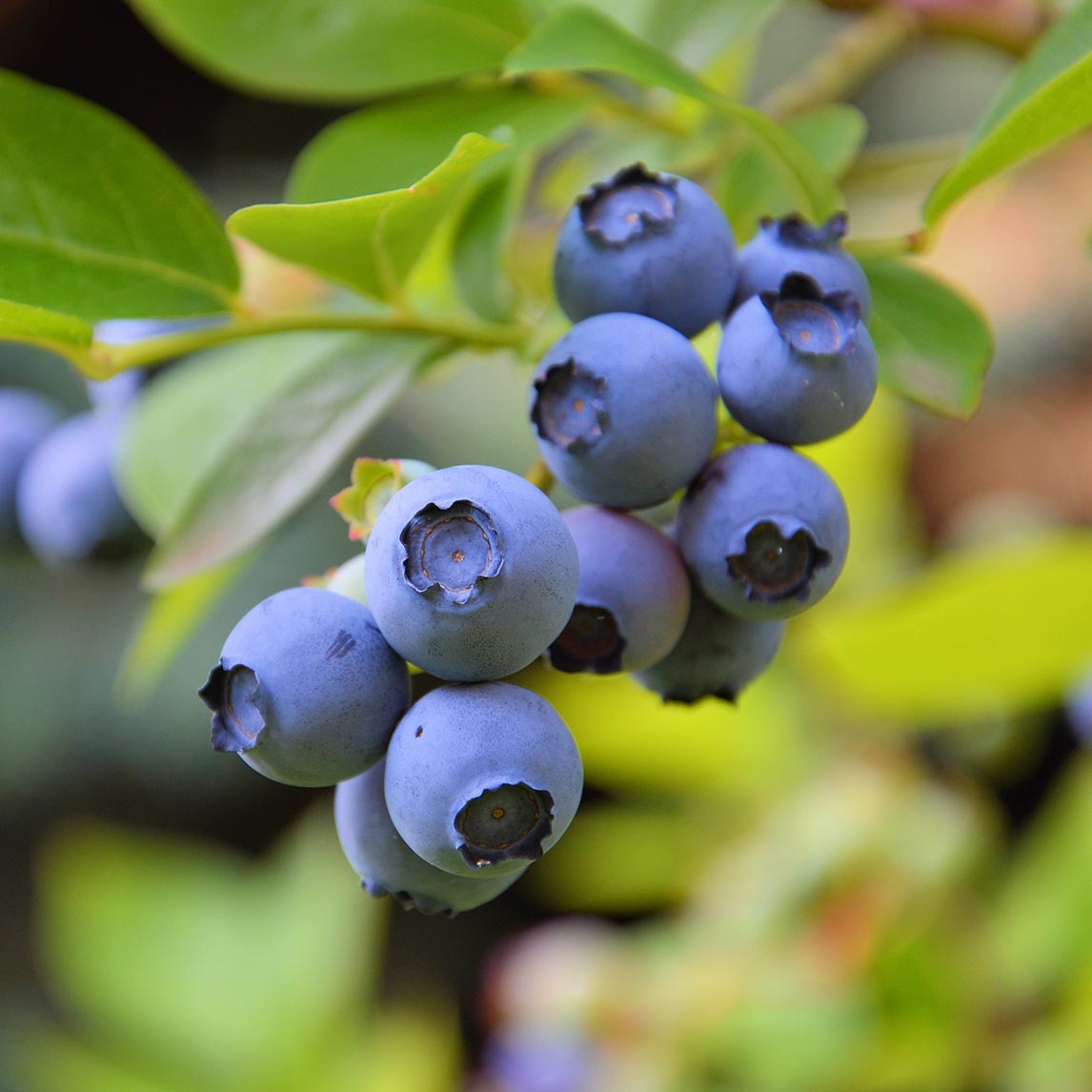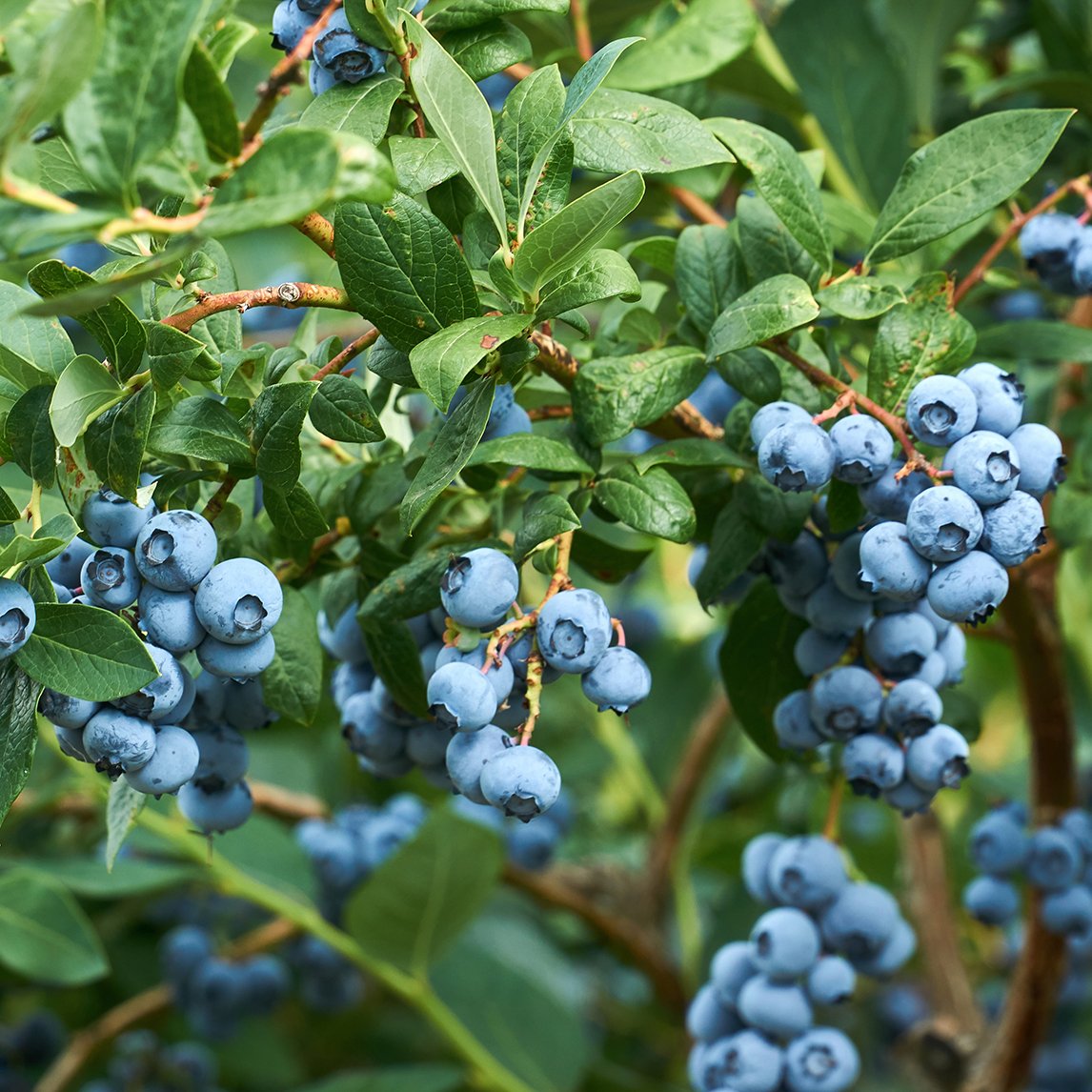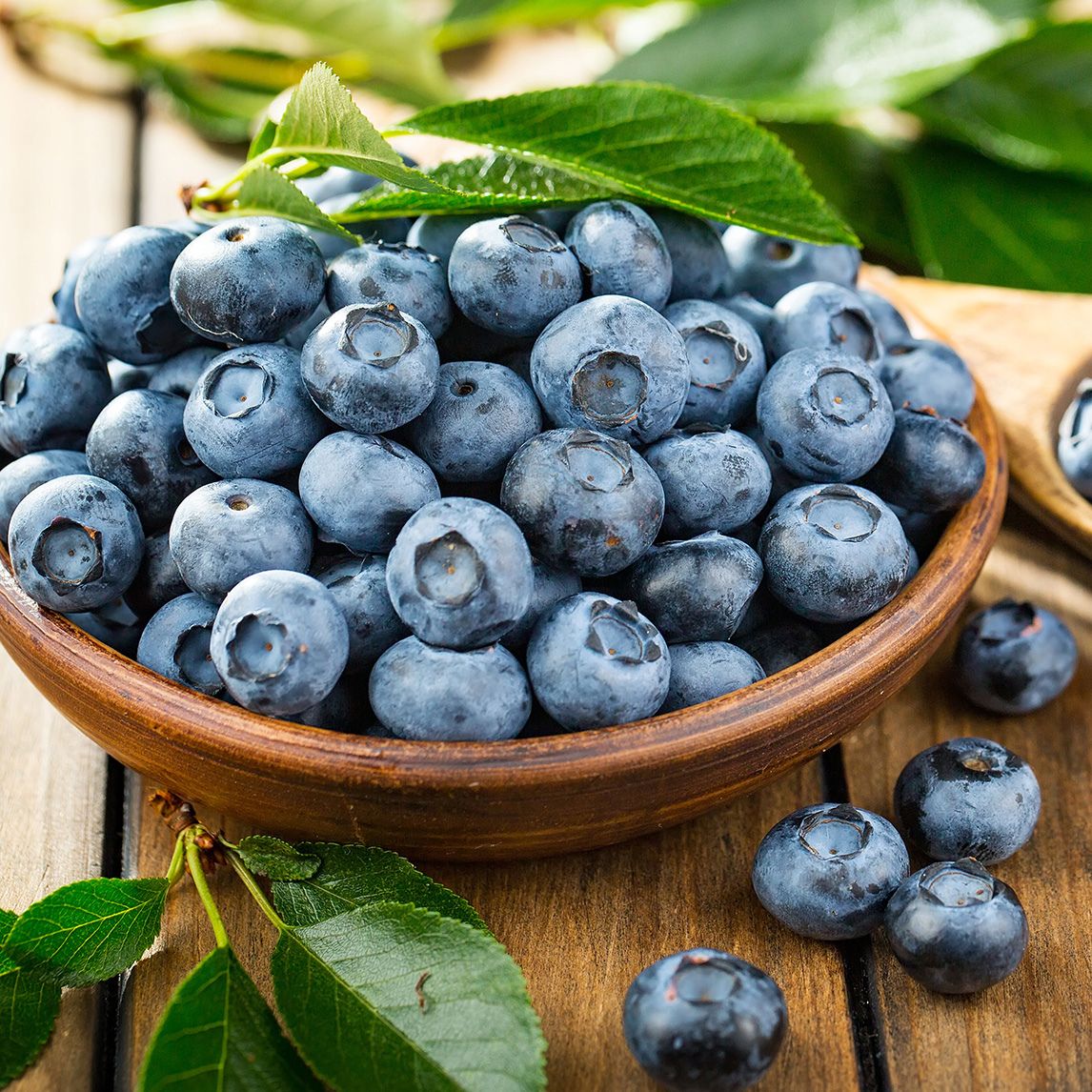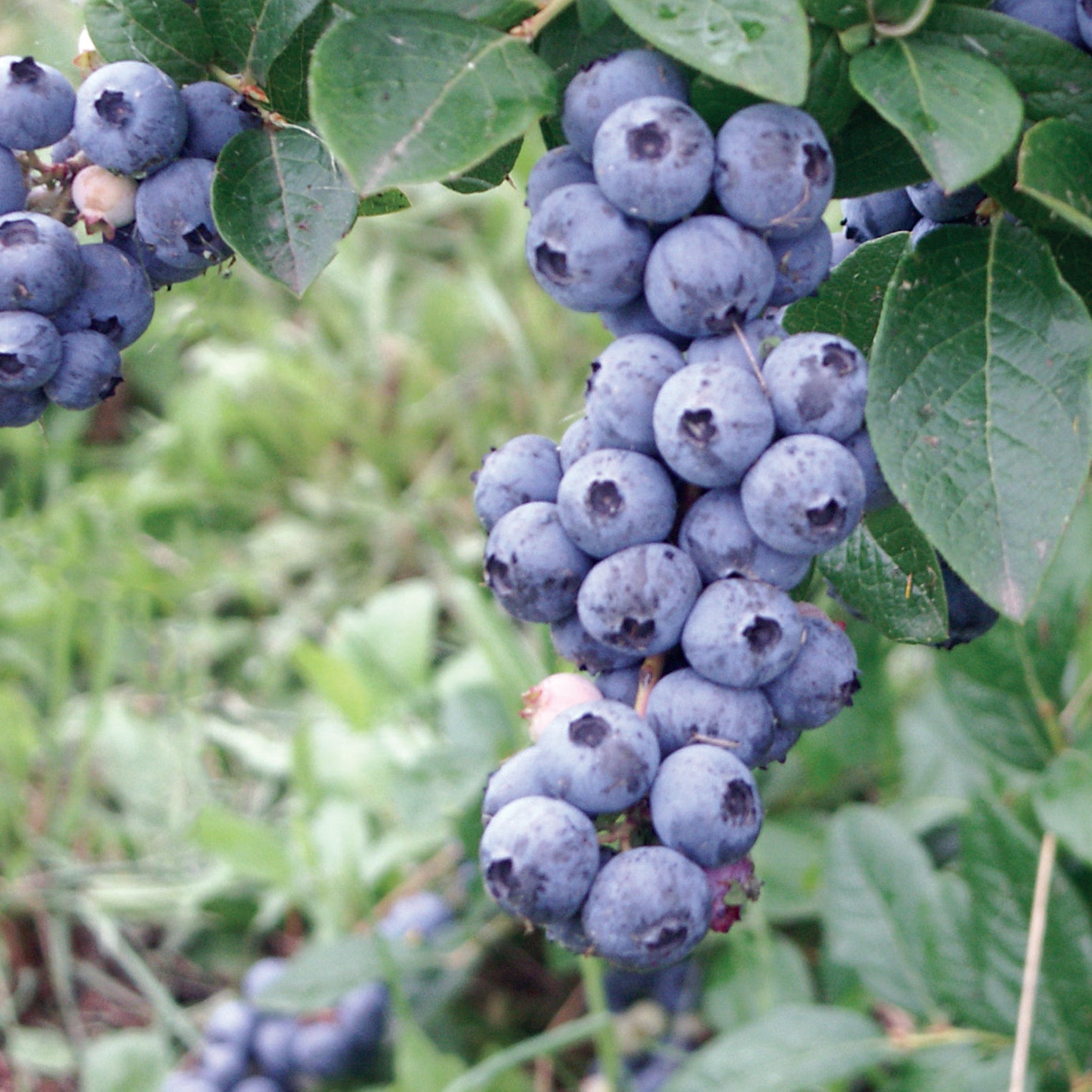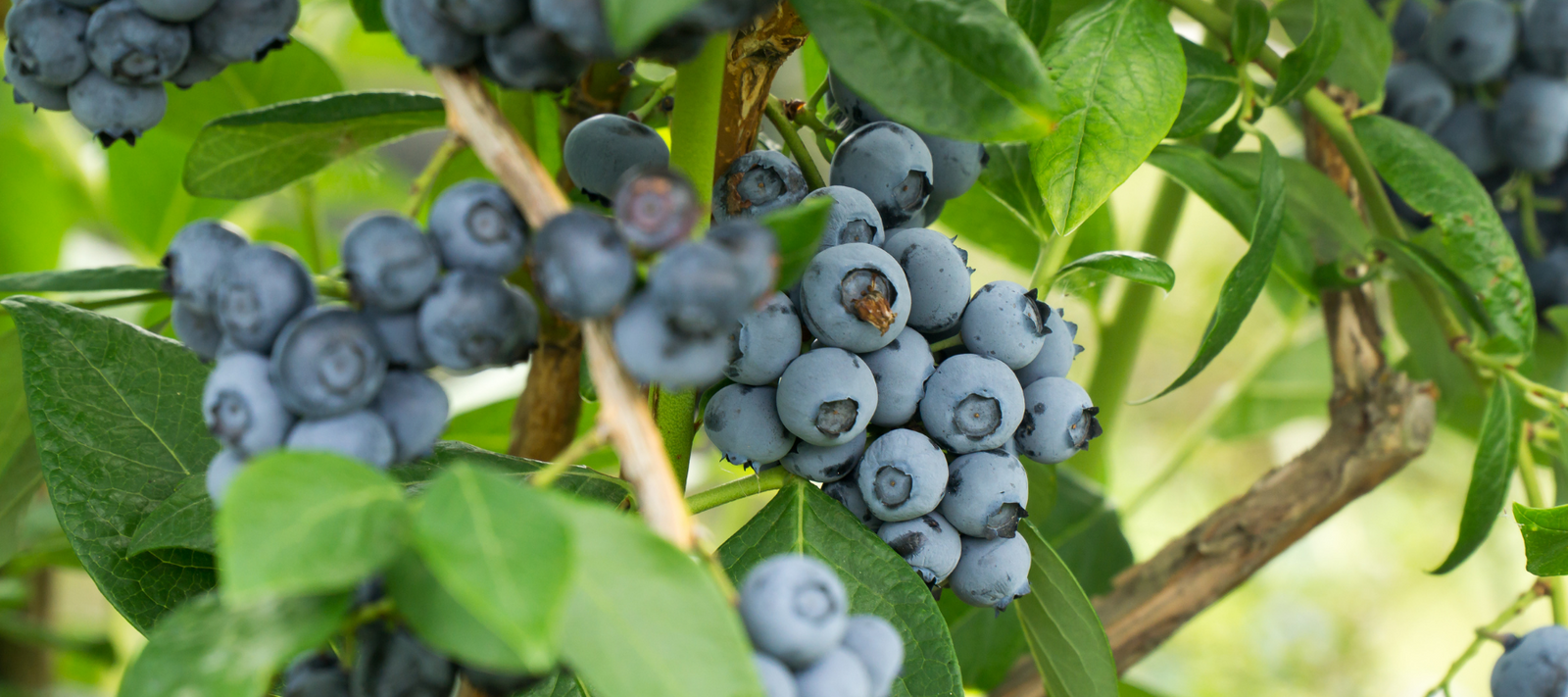
What a magnificent fruit. The blueberry plant was practically unknown in Australia a couple of decades ago, and now we cannot get enough of them, and rightly so.
Blueberries have the highest antioxidant levels, gram for gram, of any fruit, generous amounts of vitamin C, and are generally just delicious, crunchy, sweet morsels to be consumed by the handful. They are expensive in the shops, but with the right conditions, are perfect for the home food garden.
Blueberry bushes are not just grown for their fruit – they are also extremely ornamental. As a relative of rhododendron and erica (the heaths), blueberries cover themselves in delicate lantern-like white to pink flowers in early spring and in autumn, many have leaves that showcase autumnal tones of red, orange and copper.
The best alternative to azaleas as they provide fruit too, even if they gave no fruit, they would be worth planting for their beauty alone.
You can eat them fresh or freeze them for later use to cook into cakes and pies, or for jam and jelly.
Pruning and training
It's easy to get excited and focus on that first luscious berry, but it is best to wait. Don’t allow your blueberries to fruit for the first two years, as it is more important for the plant to form good growth, rather than waste its energy on producing just a few berries. Once your shrubs are established, they should thrust up new stems from their crown, and these stems will form fruit for up to four years, initially at the tips and then later on side-growths.
After three to four years, when the stem has become unproductive, remove it completely, at ground level, or to a vigorous young side-shoot. Pruning and maintenance is merely a matter of encouraging the new stems and removing the old. Just keep the centre of the bush open to air and light and cut out any weak, weeping or dead wood.
Varieties
Northern Highbush types (HZ 1-5 CZ 8-9b)
Originating in North America and New Zealand these are semi-deciduous shrubs. Best for cooler climates that get some frosts, requiring 750-1100 chilling hours
Rabbiteye types (HZ 1-6 CZ 8-10)
Native to Florida, they require 450-600 chilling hours. Plants are evergreen.
Southern Highbush types (HZ 1-6 CZ 8-10)
Originating in Sothern America they are mostly evergreen and have a chilling requirement of 250-600 chilling hours. Typically requires another blueberry for cross pollination.
Please note: Chilling hours refers to the number of hours produced in autumn and winter below 7°Celsius. Chilling hours are required to ensure plants produce good quality fruit.
Growing conditions
Position
Blueberries prefer full sun most of the day. Rabbiteye types can cope with some shade. Try to give plants wind protection.
Spacing
Plants should be spaced at 1.5m to 2m and 3m between rows.
Soil type
Most important. Blueberries require an acid soil with a pH of 4.5 to 5.5. They also require a free draining loose friable soil.
They dislike heavy clay soils. To aide the successful establishment of bushes, it is best to build up beds by mixing compost and garden soil at a 50/50 ratio.
Watering
Plants require moisture year-round. Having said that, they equally dislike water logging, so plant in a raised bed and mulch heavily to prevent beds from drying out.
Mulching
Plants require constant mulching to maintain soil moisture and cool soil temperature. You can use any straw and saw dust as well as oak and pine needle leaf matter as it naturally acidifies the soil.
Establishment
Position plants in large clumps to improve pollination and to allow for easy netting (which will be required to prevent birds stealing these precious berries). Remove flowers for the first few years to allow plants to establish before allowing them to flower and fruit in abundance. Once established, plants can produce up to 5kg of fruit per bush.
Fertilising
Apply a mulch of compost annually and top dress with well-rotted chicken manure in autumn.
Cultivation
All the deciduous Northern Highbush blueberries demand an acidic, well-drained soil (pH 4.5-5.5), with high levels of organic matter. They also need a longer period of winter chilling. They are typically suitable for inland NSW, southern South Australia, and anywhere in Victoria or Tasmania.
Although the Northern Highbush varieties are self-fertile, larger berries will result from cross-pollination with other varieties. Why not plant a range of these beautiful shrubs to supply blueberries from Christmas to March?
The tetraploids or hybrid blueberries are more forgiving, having some tolerance of alkaline conditions. They can be evergreen and need less winter chilling and can be grown up to the Queensland border. They are generally smaller growing and fruit well in pots.
All blueberries demand constantly moist soil and good drainage with plenty of organic matter. If you have either very sandy or clay soils, dig in plenty of organic matter; it will make sand more water retentive, and improve the drainage of clay soils. To grow Highbush blueberries, check your pH. If it is more than pH 5.5, dig in sulphur, or use ammonium sulphate in spring to reduce your pH.
Blueberries roots have a fibrous surface. This must not be allowed to dry out, and any weeds will compete with your plants. Mulch with acidifying organic mulches, such as oak leaf or pine needles. Straw will do, but always spread some well-rotted chook manure (or pelletised) under the straw, and watch out for the weeds.
If your soil pH is too high, they may show signs of iron deficiency, so adjust the pH rather than the iron. If the leaves start to yellow between the leaf veins, your soil could be deficient in magnesium, so water in some Epsom salts – about one tablespoon to a watering can.
Choose a sunny spot sheltered from hot winds. Beyond picking off the odd caterpillar, blueberries are generally not troubled by much in the way of pests and diseases, especially in the home garden. Birds are another matter, but fortunately they can be easily kept at bay with suitable netting.It is important to note that when using netting, be sure to secure it firmly and tightly to prevent accidental injury to birds, reptiles and other fauna.
Pick your blueberries every few days by gently twisting the biggest and darkest fruit into a bowl held underneath. The berries should be blue all the way around indicating maximum sugar levels. No green parts should be visible at the stem, as blueberries do not sweeten once picked.
Commercial crops are picked slightly under-ripe to extend their shelf-life, but at home, allow them to ripen to perfection to enjoy maximum flavour and sweetness. For perfect blueberries, you must grow your own



